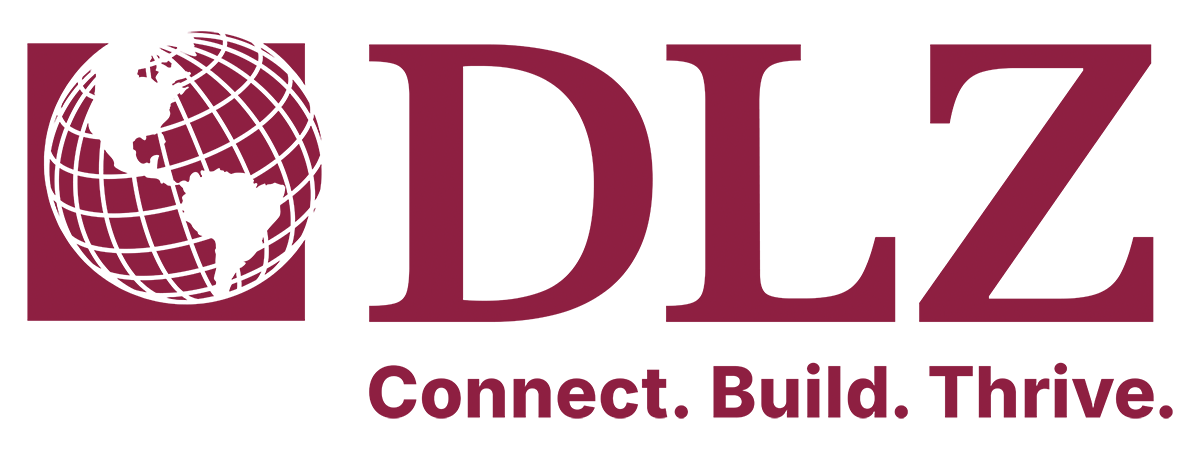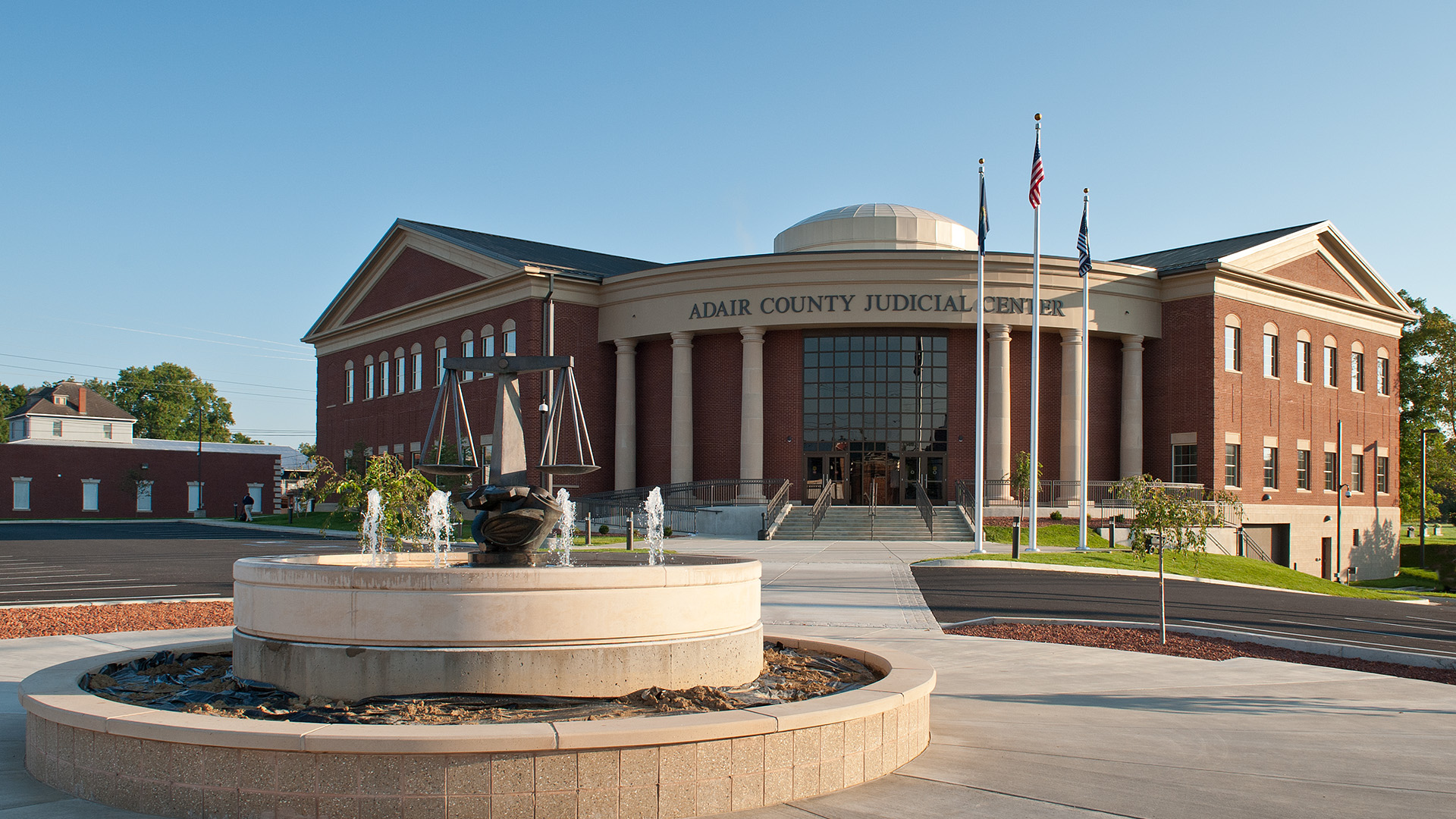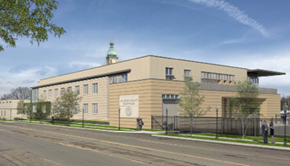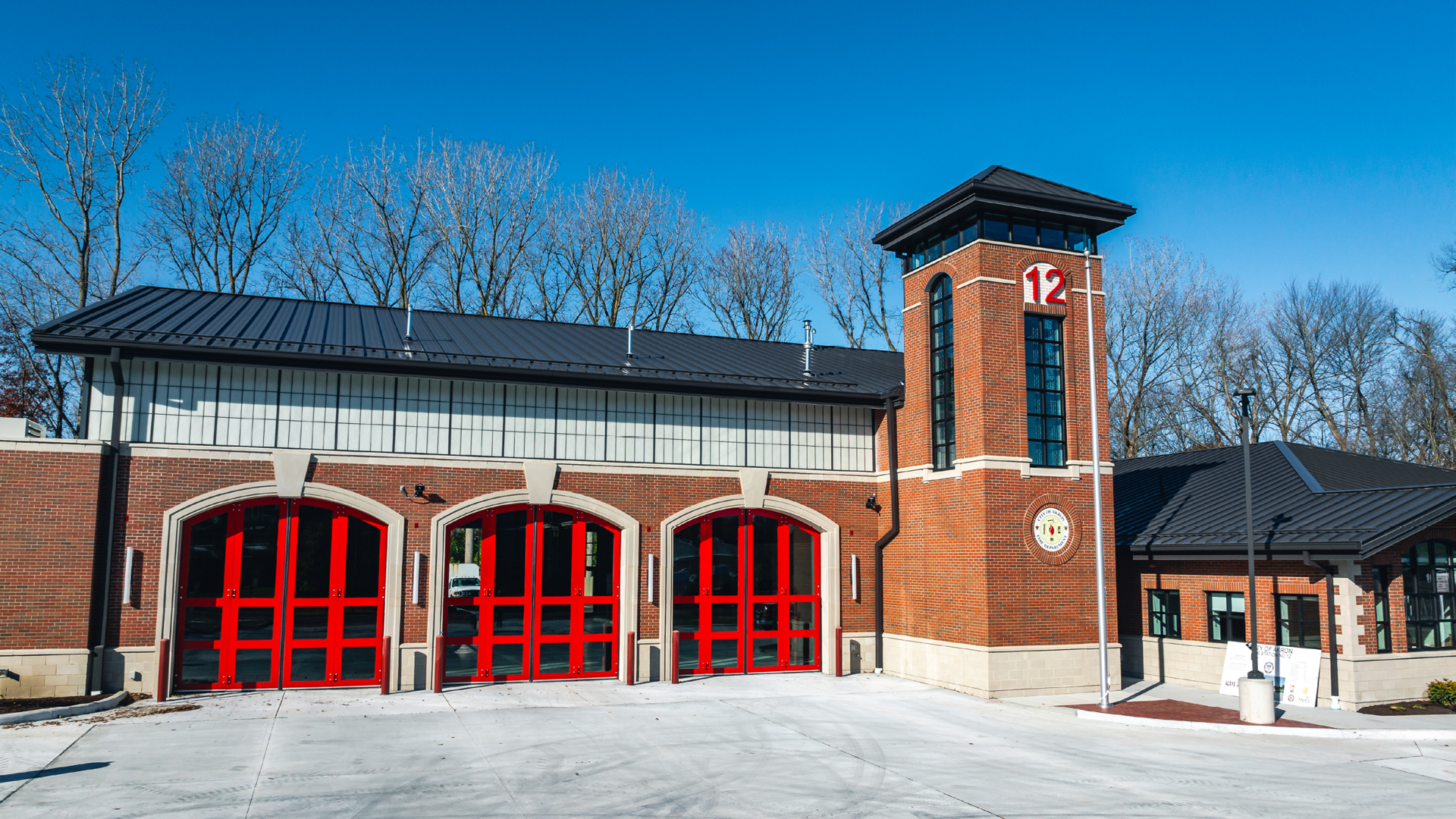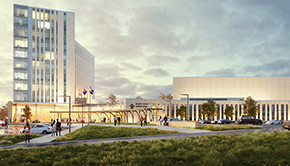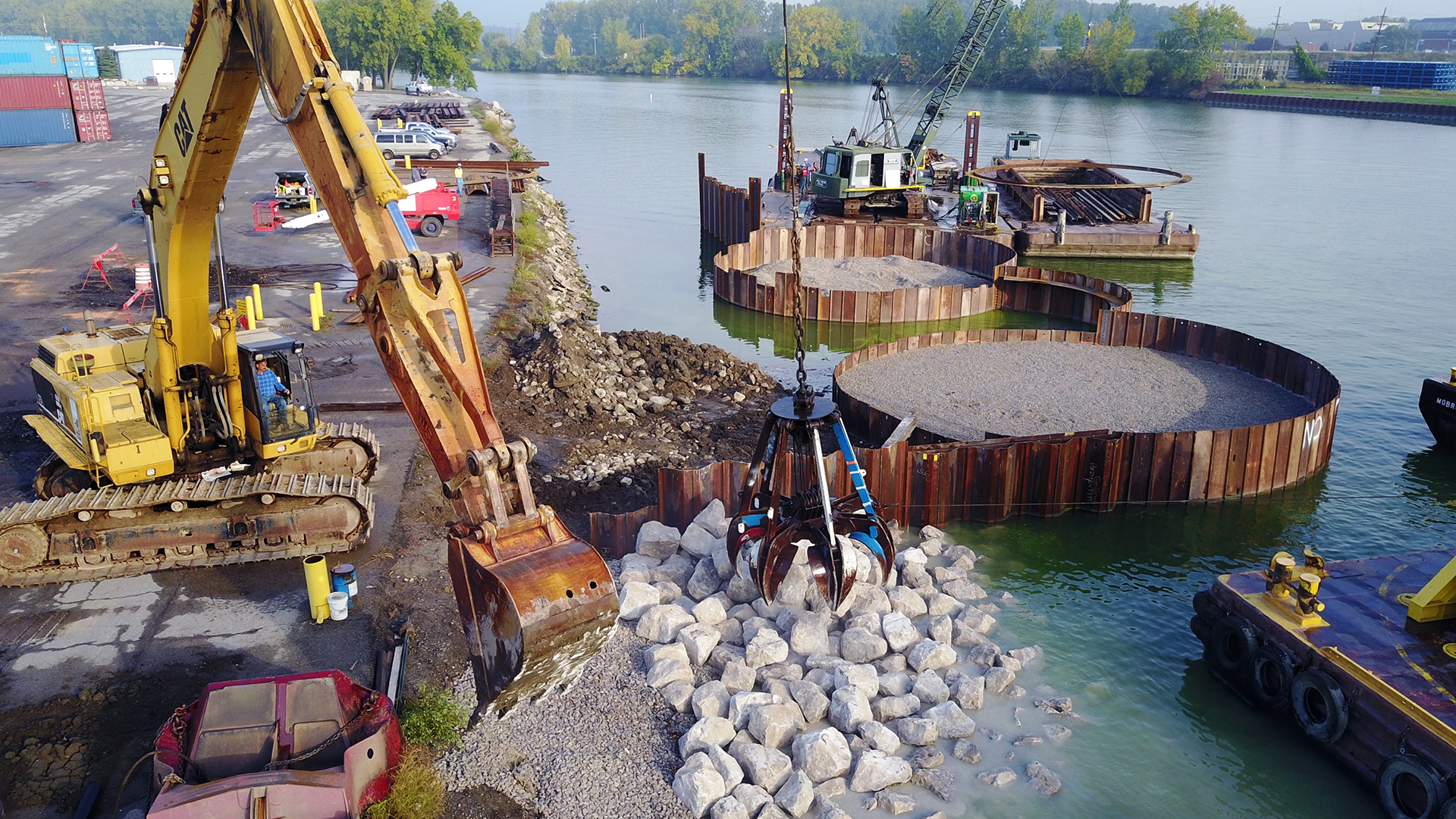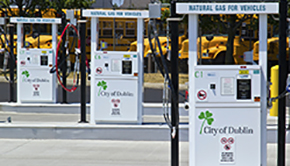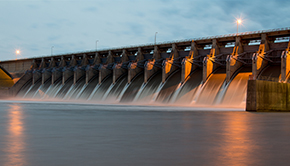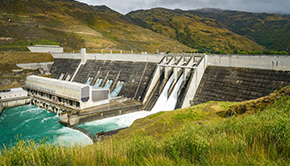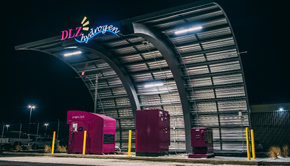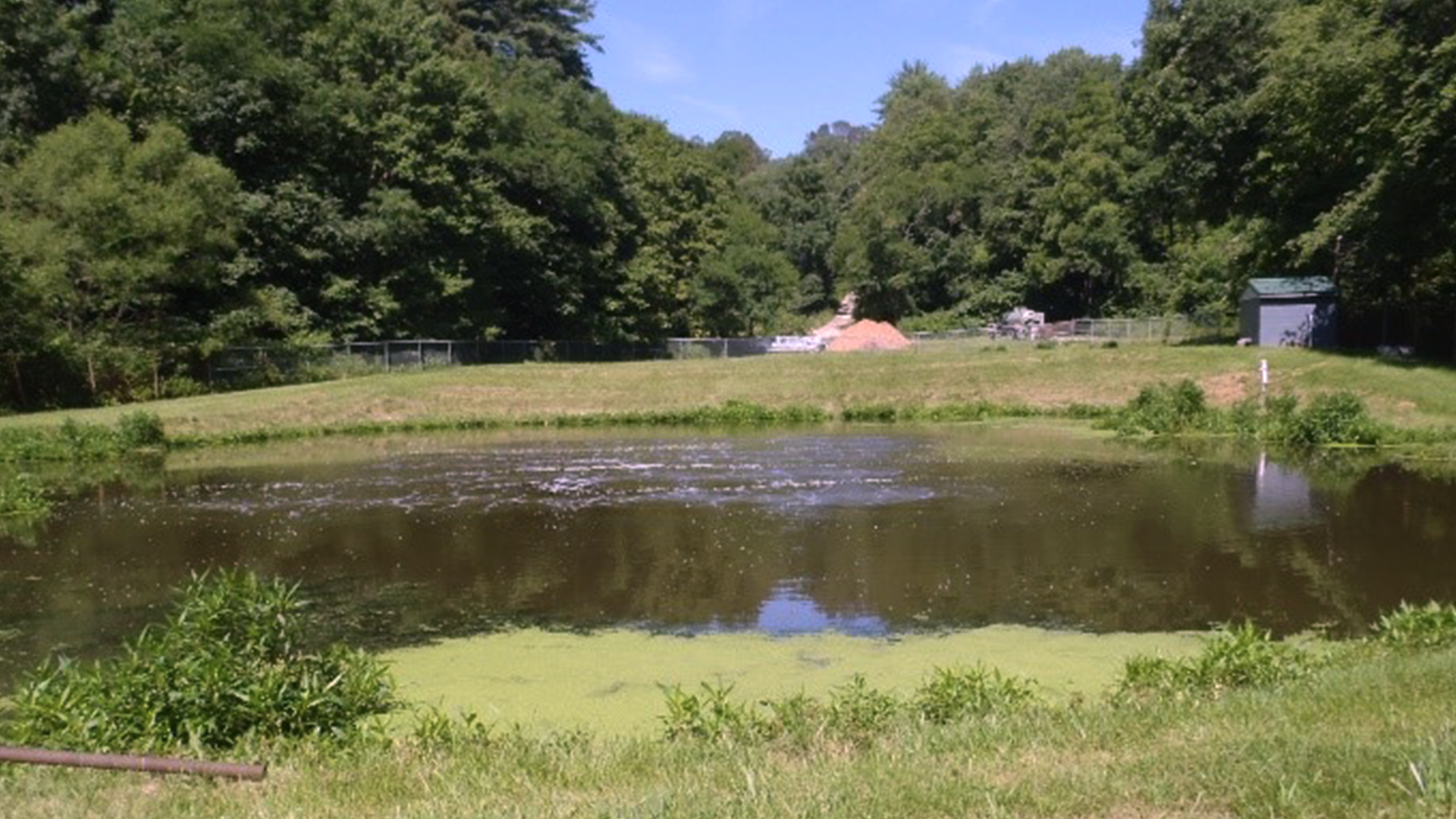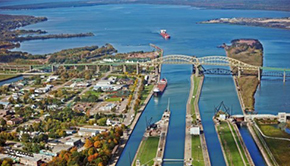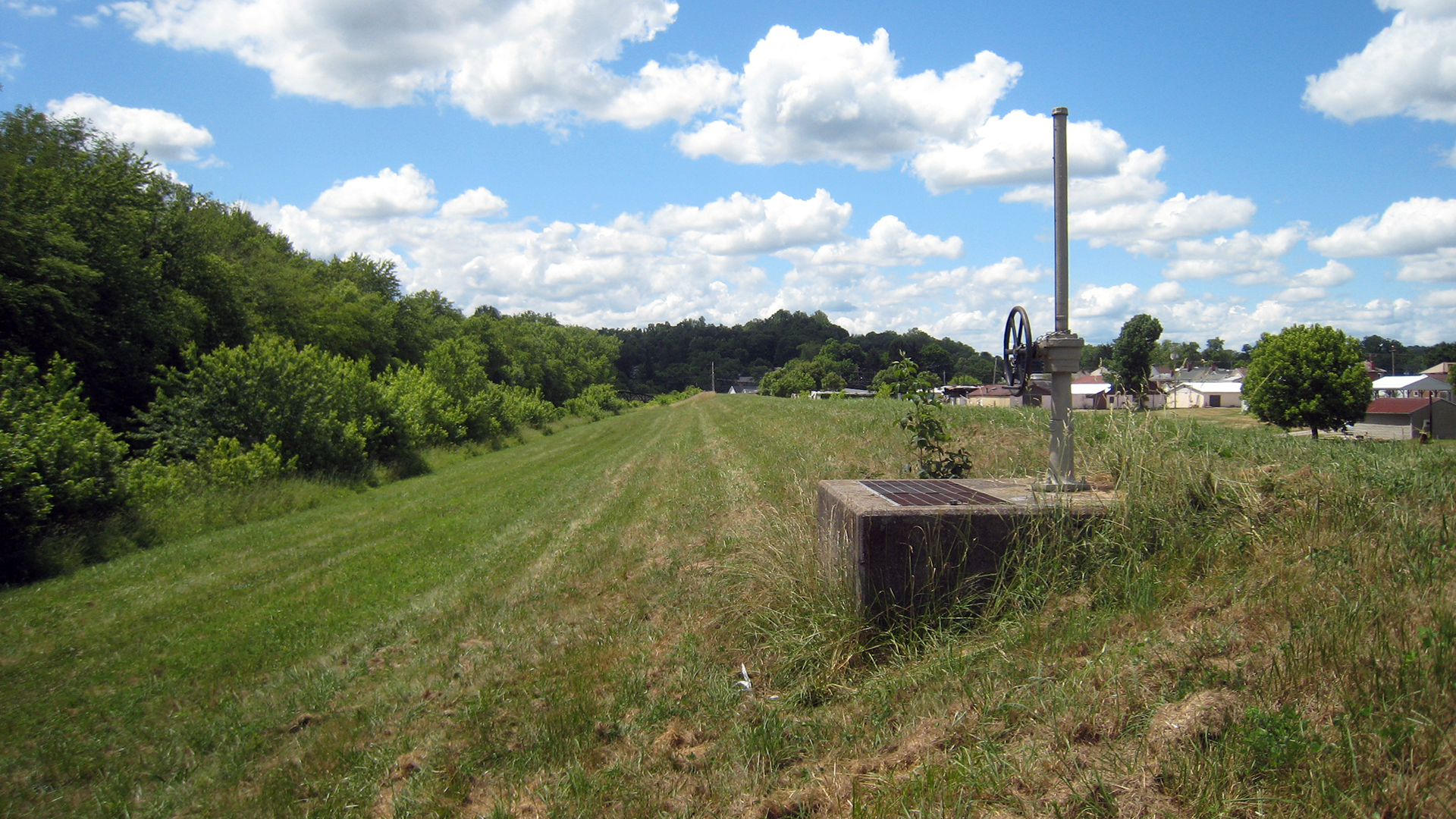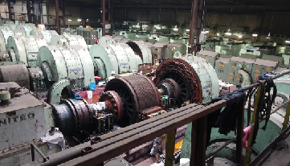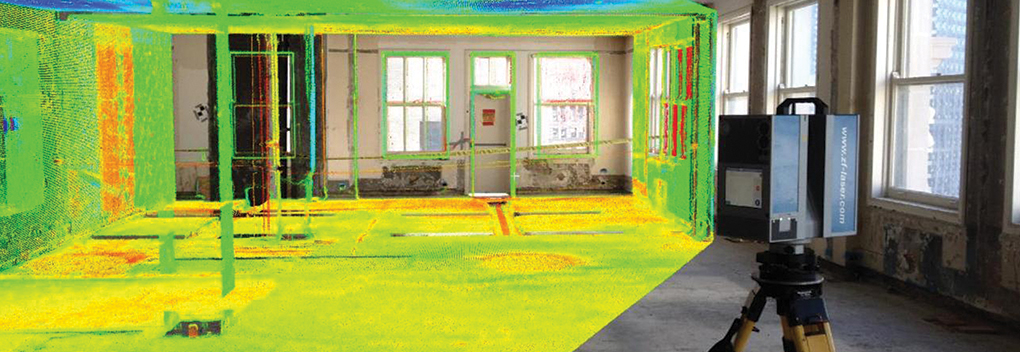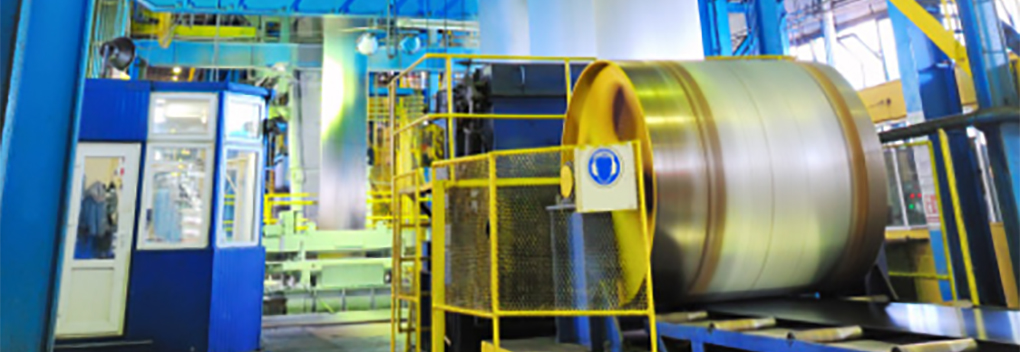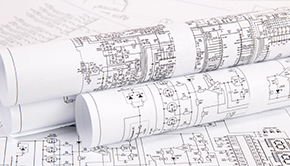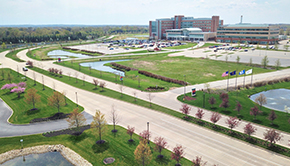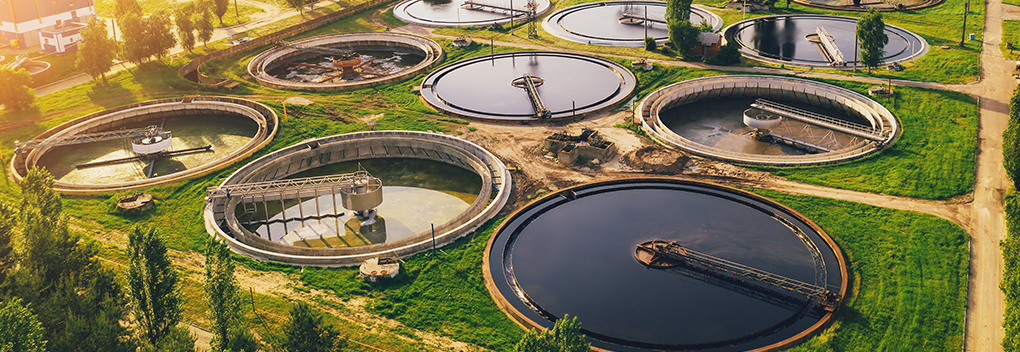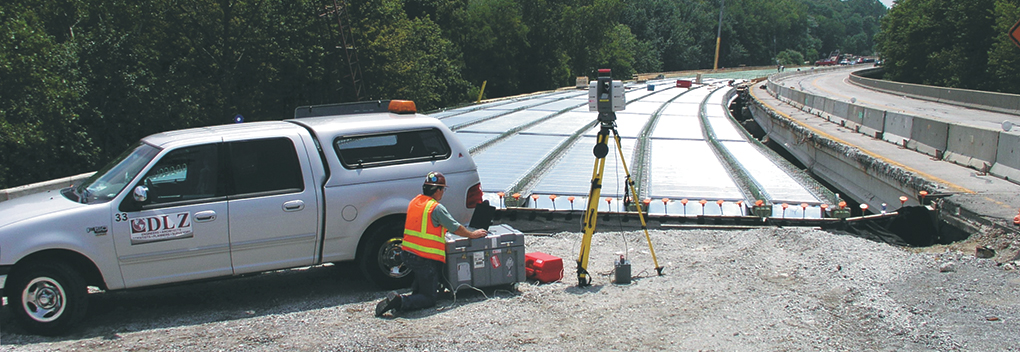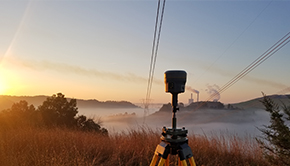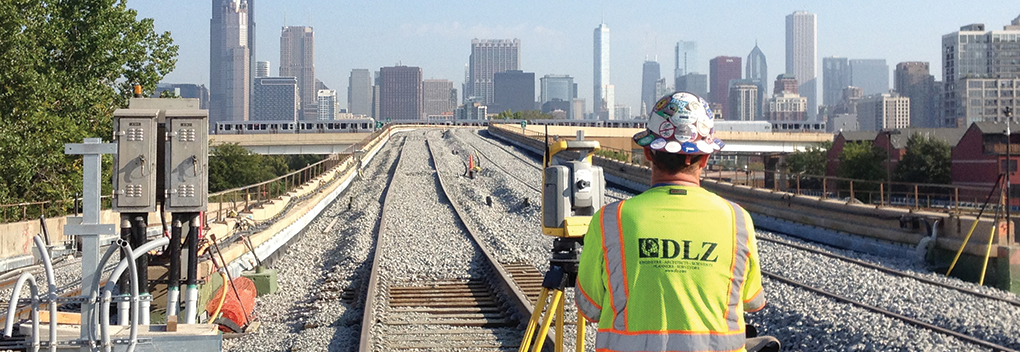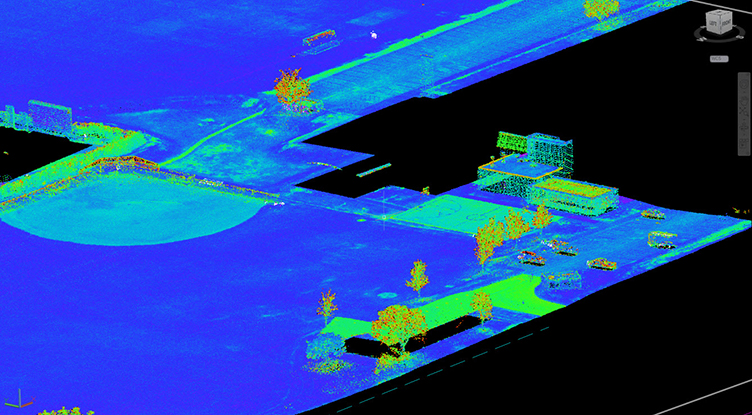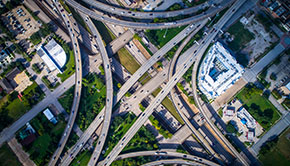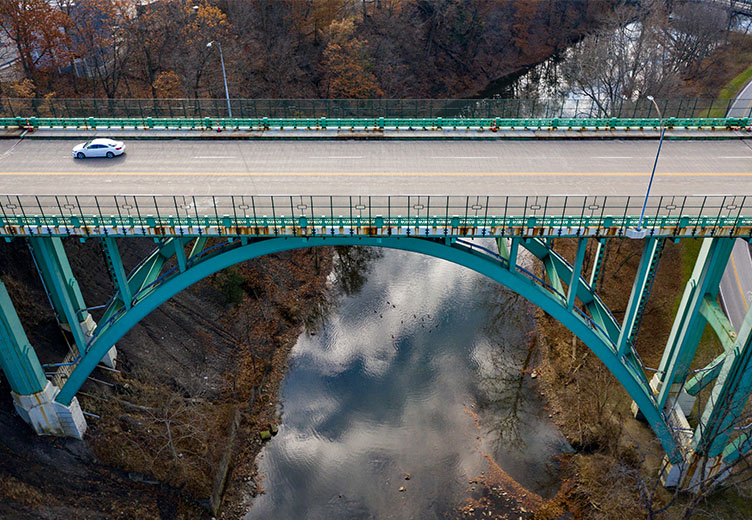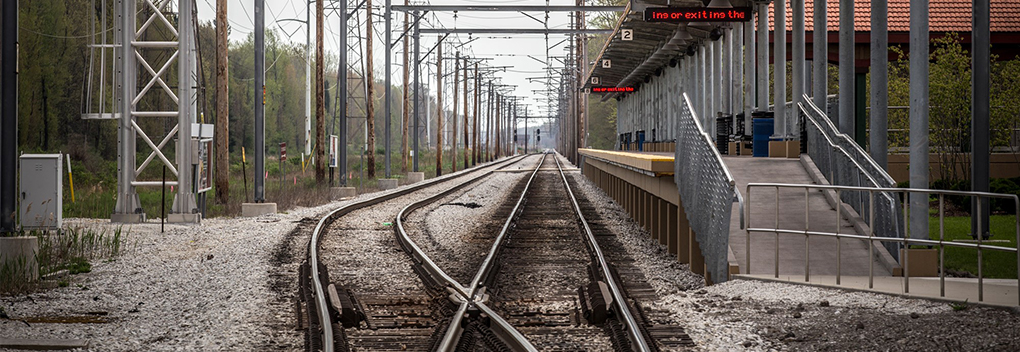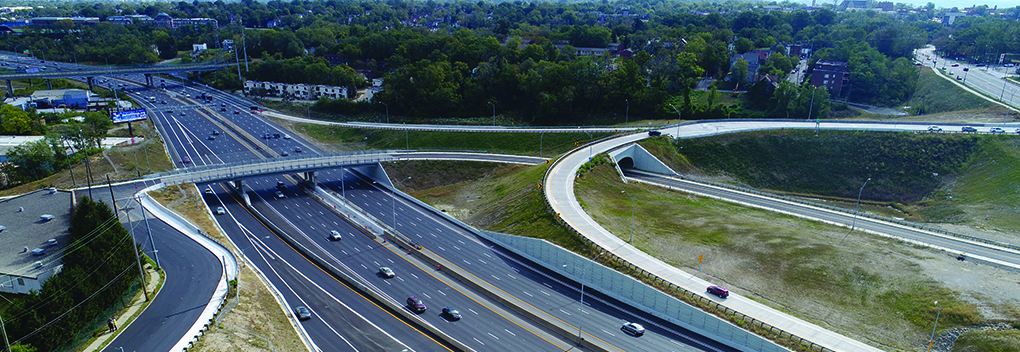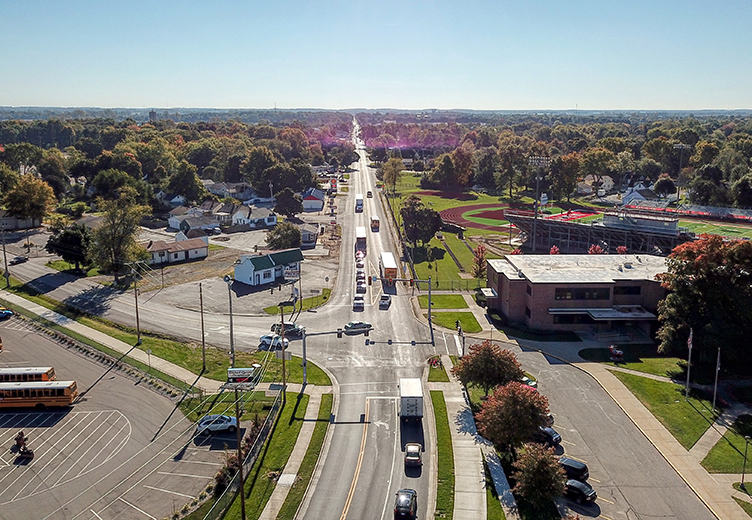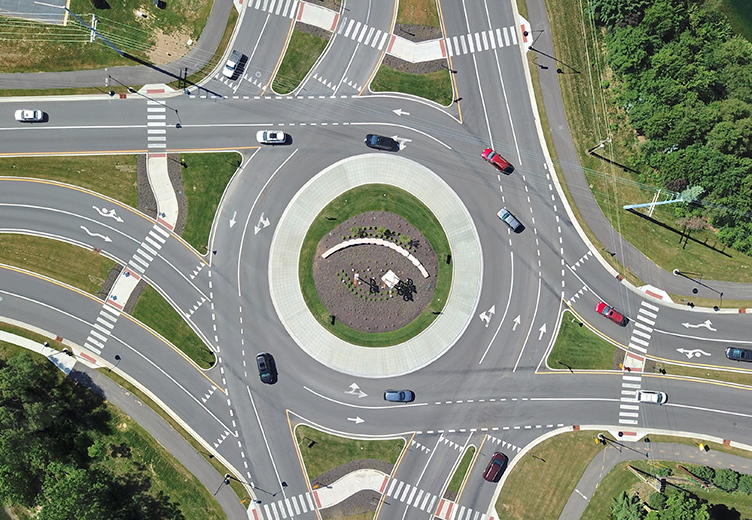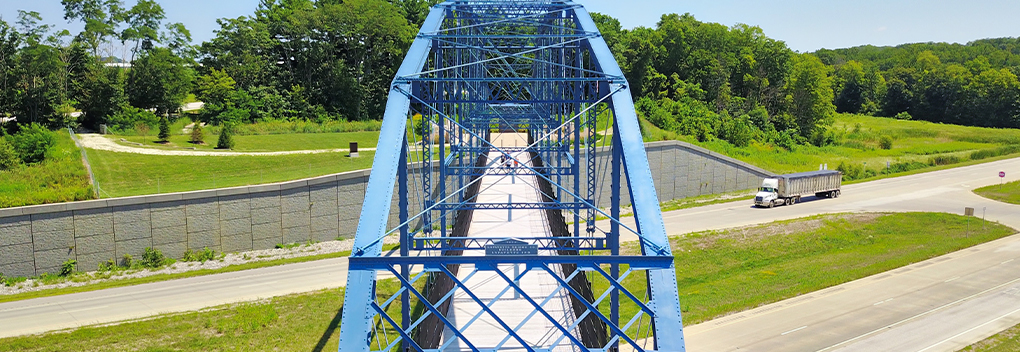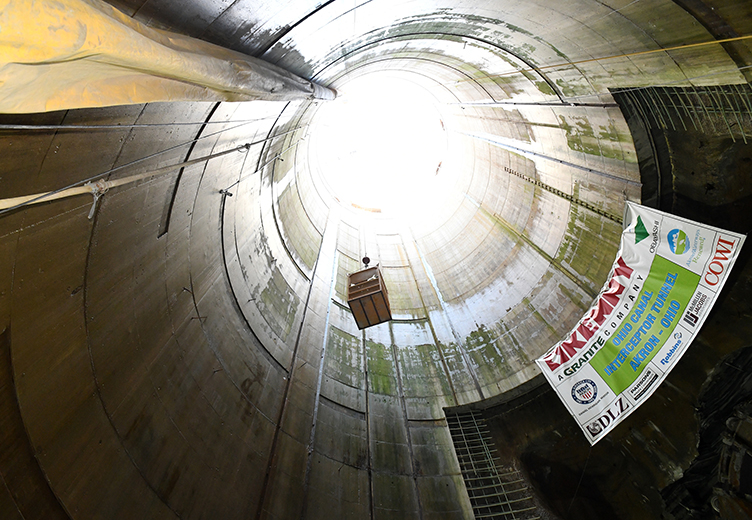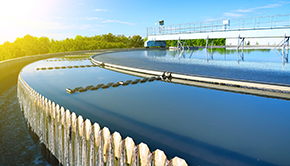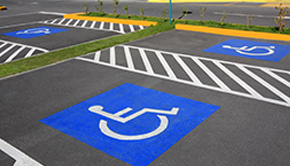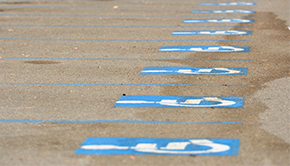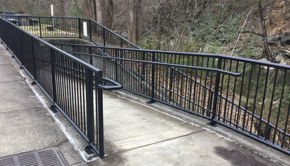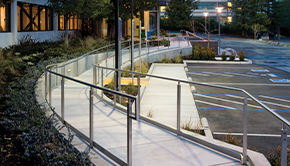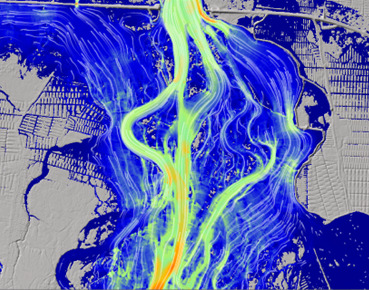Hydrology & Hydraulics
DLZ’s Hydrology & Hydraulics capabilities cover a wide range of areas including reservoir and river hydraulics, levee certification, dam safety evaluations including dam break analyses, inundation mapping, and spillway augmentation, floodplain/floodway delineations, CLOMR/LOMR filings, hydropower engineering, hydrologic forecasting and instrumentation, drought forecasting and preparedness, reservoir and river sedimentation, water supply, and storm drainage analysis and design, drop shaft and tunnel hydraulics including surge analysis, 3D CFD modeling of complex structures, 2D riverine modeling and providing guidance for physical modeling of hydraulic structures.
DLZ’s water resources and hydraulics staff can offer advanced hydraulic modeling services in support of all types of civil engineering and environmental projects. Our hydraulic modeling services support storm/sanitary sewer networks, deep tunnel systems, riverine and flood control projects, hydropower design, bridge and roadway infrastructure, fish diversion structures, and sediment transport simulation.
DLZ’s expert staff is well versed with the use of Flow 3D for three-dimensional simulation of flows in complex environments such as flow diversion structures in tunnel/combined sewer systems where overflows to the environment must be controlled because of consent-decree agreements.
DLZ uses 3D modeling for labyrinth spillway design, assessing roller bucket performance related to energy dissipation, hydropower plant tailrace simulation, predicting performance of deep stilling wells at culvert outlets, simulation of flows down tangential inlet and baffle drop vertical shafts, river outfall design, and predicting mixing efficacy of saline injection methods in water treatment plant systems.

For simulation of transient (surge) conditions in deep tunnel systems as well as prediction of air flow venting rates during tunnel filling, we use the Transient Analysis Program (TAP) developed by ASI. We also use TAP in surface sewer systems to predict pockets of air entrapment and evaluate potential for geysering.
DLZ has extensive experience in transient flow simulation in pressurized systems, such as hydropower conveyances and penstocks. DLZ also uses a variety of other software in support of hydrological and hydraulic design and modeling. These include GeoHECHMS, GeoHECRAS, ResSIM, HEC-SSP, SITES, and others.
